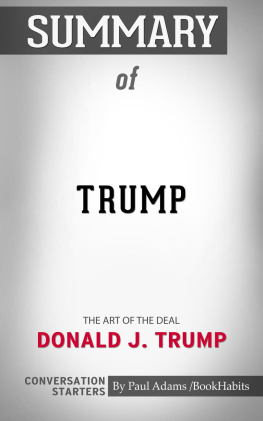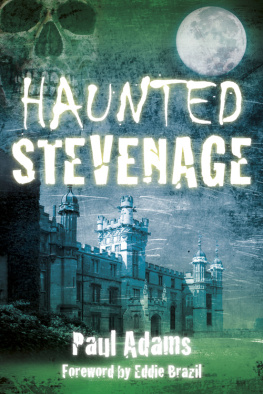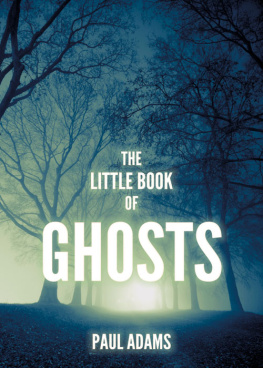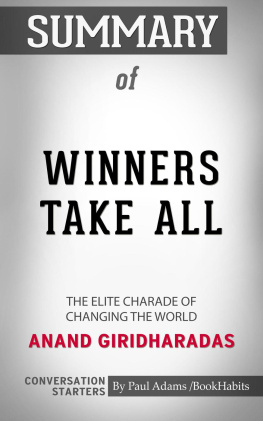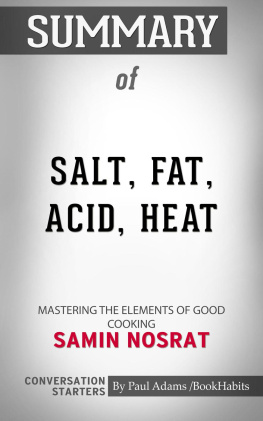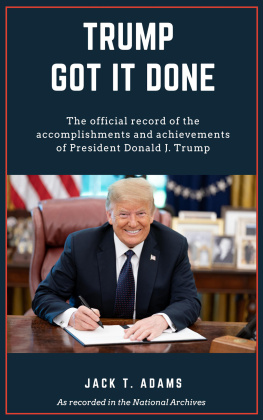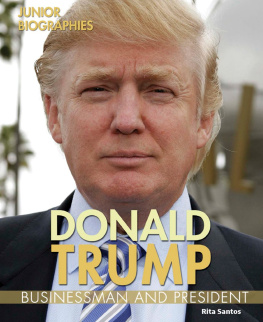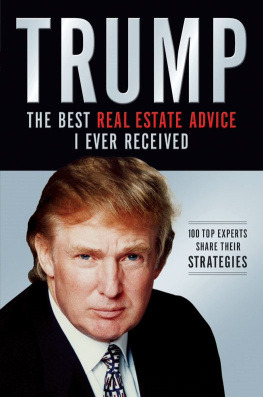Summary
of
Trump: The Art of the Deal
Donald J. Trump and Tony Schwartz
Conversation Starters
By Paul Adams
Book Habits
Please Note: This is an unofficial Conversation Starters guide. If you have not yet read the original work, you can purchase the original book here.
Copyright 2018 by BookHabits. All Rights Reserved. First Published in the United States of America 2018
We hope you enjoy this complimentary guide from BookHabits. Our mission is to aid readers and reading groups with quality thought-provoking material to in the discovery and discussions on some of todays favorite books.
Disclaimer / Terms of Use: This guide is unofficial and unauthorized. It is not authorized, approved, licensed, or endorsed by the original book's author or publisher and any of their licensees or affiliates. Product names, logos, brands, and other trademarks featured or referred to within this publication are the property of their respective trademark holders and are not affiliated with BookHabits. The publisher and author make no representations or warranties with respect to the accuracy or completeness of these contents and disclaim all warranties such as warranties of fitness for a particular purpose.
No part of this publication may be reproduced or retransmitted, electronic or mechanical, without the written permission of the publisher.
Bonus Downloads
Get Free Books with Any Purchase of Conversation Starters!

Every purchase comes with a FREE download!
Add spice to any conversation
Never run out of things to say
Spend time with those you love

or Click Here.

Scan Your Phone
T ips for Using Conversation Starters:
EVERY GOOD BOOK CONTAINS A WORLD FAR DEEPER THAN the surface of its pages. Questions herein are designed to bring us beneath the surface of the page and invite us into the world that lives on. These questions can be used to:
- Foster a deeper understanding of the book
- Promote an atmosphere of discussion for groups
- Assist in the study of the book, either individually or corporately
- Explore unseen realms of the book as never seen before
Introducing Trump: The Art of the Deal
T
rump: The Art of the Deal is a book written by Donald Trump and Tony Schwartz. Trump was 40 years old and a successful businessman when the book was published in 1987. It was reportedly the first book that made Trump popular. The book is part biographical and part business advice. It tells Trump's childhood story as a boy growing up in Jamaica Estates, Queens. It relates how Trump worked in Brooklyn and then moved to Manhattan to build The Trump Organization. He develops the Trump Tower and the Grand Hyatt Hotel, renovates the Wollman Rink, among many other projects. Trump shares his secrets to success by outlining the 11 business steps he used, which he learned from The Power of Positive Thinking , the inspirational book written by Norman Vincent Peal. The 11 steps include: 1)Think big; 2) Protect the downside and the upside will take care of itself; 3) Maximize your options; 4) Know your market; 5) Use your leverage; 6) Enhance your location; 7) Get the word out; 8) Fight back; 9) Deliver the goods; 10) Contain the costs; 11) Have fun.
The first chapter of the book describes Trump at work as he makes calls and deals with business partners. He speaks in the first-person voice as he explains why he does business and how he does it as an art form. He describes how his week goes, from the moment he wakes up at six to the time he ends his day at 6:30 pm. He gives accounts of his business dealings, conversations, phone calls, thoughts and impression about people, events, and situations. He divides these into the hours of the day. The reader is also given a view into his personal life as he relates how he takes calls from his young children during office hours. He tells how his nine-year-old son is insistent in knowing what time he will be coming home and how his then-wife Ivana is capably managing their three homes and the Trump Castle. He also tells about other members of his family, like his sister with whom he consults with on tax issues. He issues a lot of quotable advice about doing business: "Maximize your options; Use your leverage; I aim very high, and then I just keep pushing, pushing...to get what I'm after." He also has interesting anecdotes, like that of his artist friend who showed him how to make $25,000 in a few minutes. He said the artist splashed paint on canvas and told him afterward that he just earned $25,000. Trump explains that collectors don't know the difference between a painting done in two minutes and one that has the painter's heart and soul in it. He thinks many artists are better salesmen than artists. He also tells a story about Jimmy Carter who came to see him in his office asking for a $50 million donation to the Jimmy Carter Library. Trump says an Carter had the guts to ask for such amount of money. He realized that this characteristic of Carter's helped him get elected as president.
When the book first came out, critics from the mainstream media lauded Trump's business savvy and his incredible success which he talked about in the book. The New York Times praised him for making readers believe in the American Dream. Boston Herald called the book fascinating, and Trump a "larger-than-life" personality. Readers admired his negotiating skills. Publishers Weekly delighted in the book, calling it "boastful, boyishly disarming, thoroughly engaging personal history." Few years after its publication, critics started expressing different views about Trump and the book. A commentator said he is "a poster-child for the 'greed is good' the 1980s." He was criticized for not following his advice in the book, as his problems with banks would prove. A 2015 National Review said the book showed a man who seemed happier, warmer, and softer than he is today. A 2016 review by The Atlantic said Trump's view of capitalism is like that of a morality play rather than an economic system. The book is cited for having coined the term "truthful hyperbole" which it explains as "an innocent form of an exaggerationand... a very effective form of promotion". Critics said this is similar to Trump supporters' belief in "alternative facts."
The book was a #1 New York Times bestseller, staying in the number one list for 13 weeks, and in the overall bestseller list for 48 weeks. Trump cited the book during his 2016 campaign for the US presidency as among his best accomplishments.
Next page
